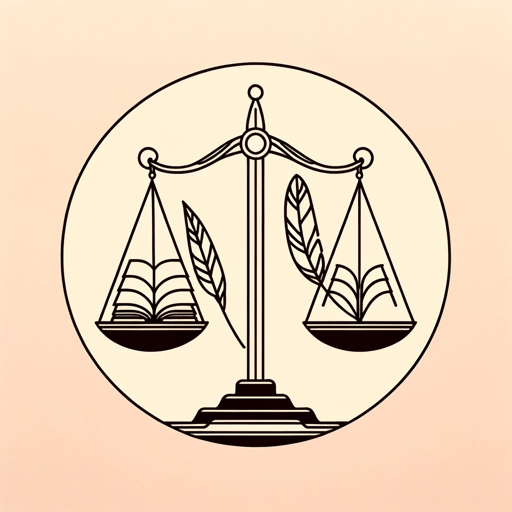56 pages • 1 hour read
Khalil Gibran MuhammadThe Condemnation of Blackness
Nonfiction | Book | Adult | Published in 2010A modern alternative to SparkNotes and CliffsNotes, SuperSummary offers high-quality Study Guides with detailed chapter summaries and analysis of major themes, characters, and more.
Part 2, Chapters 3-4Chapter Summaries & Analyses
Part 2
Part 2, Chapter 3 Summary
The third chapter of The Condemnation of Blackness begins by covering the work of social scientist Frances Kellor. A white woman, Kellor was a scholar who focused on race and social reform. Her 1901 article “The Criminal Negro” was among the first to use anthropological methods to dispel white supremacist arguments of Black criminality. Muhammad classifies Kellor as an example of a class of white scholars who worked in the Progressive Era he calls “racial liberals.” Racial liberals rejected white supremacists’ explanations of racial determinism and instead focused their research on environmental explanations of Black crime statistics.
Whereas Black scholars such as W. E. B. DuBois and Kelly Miller attempted to analyze racial statistics in ways that combated the ideas of white supremacist researchers, racial liberals balked at this method. Instead, they turned to cultural analyses, inspired by Franz Boas’ cultural anthropological research. While racial liberals fought against those who said Black people were biologically inferior, their social solutions for American race relations were problematic. As Muhammad points out, racial liberals still favored white immigrants in their work, advocating for systemic support of the white working class far more aggressively than they did for Black Americans.

